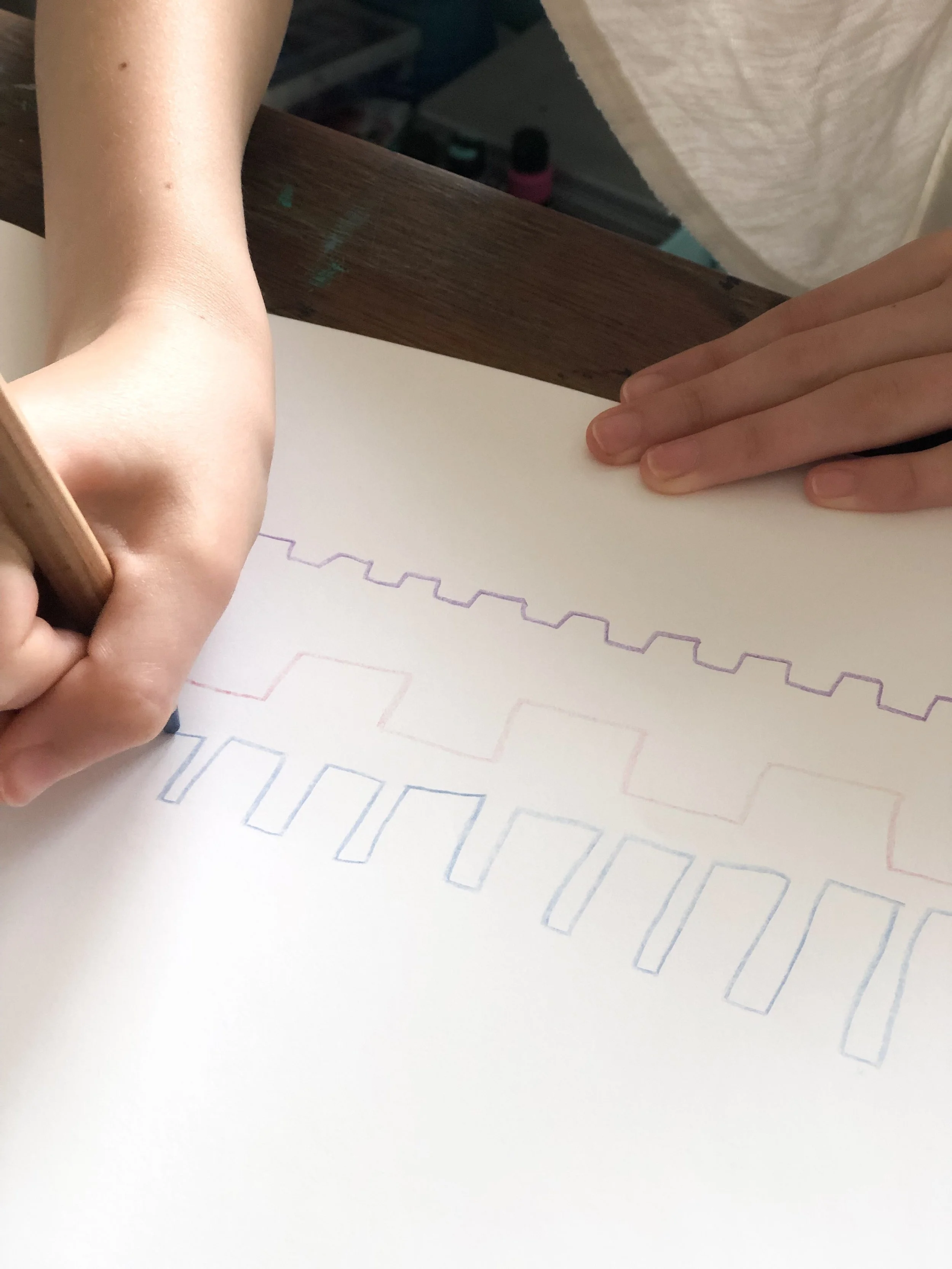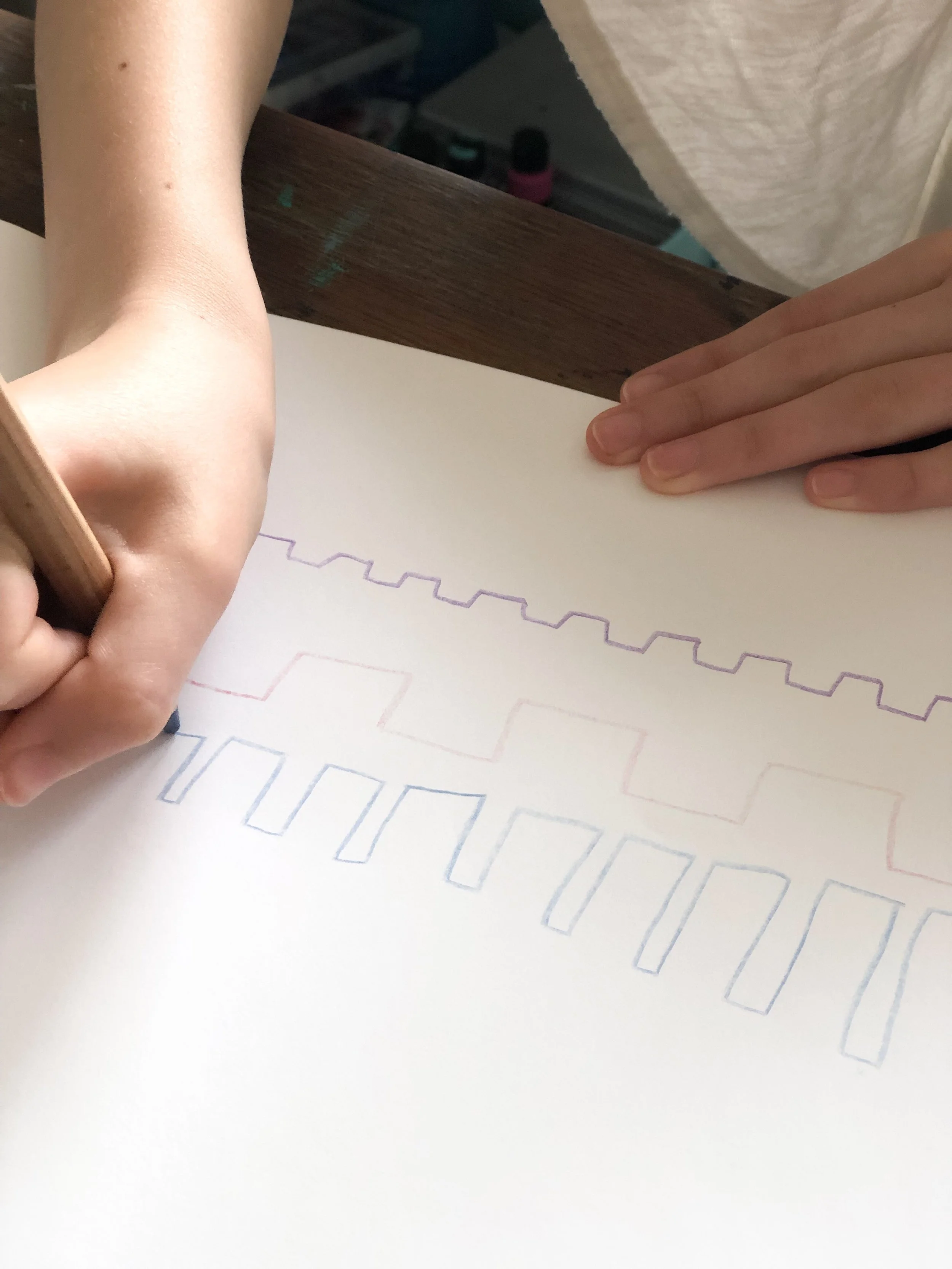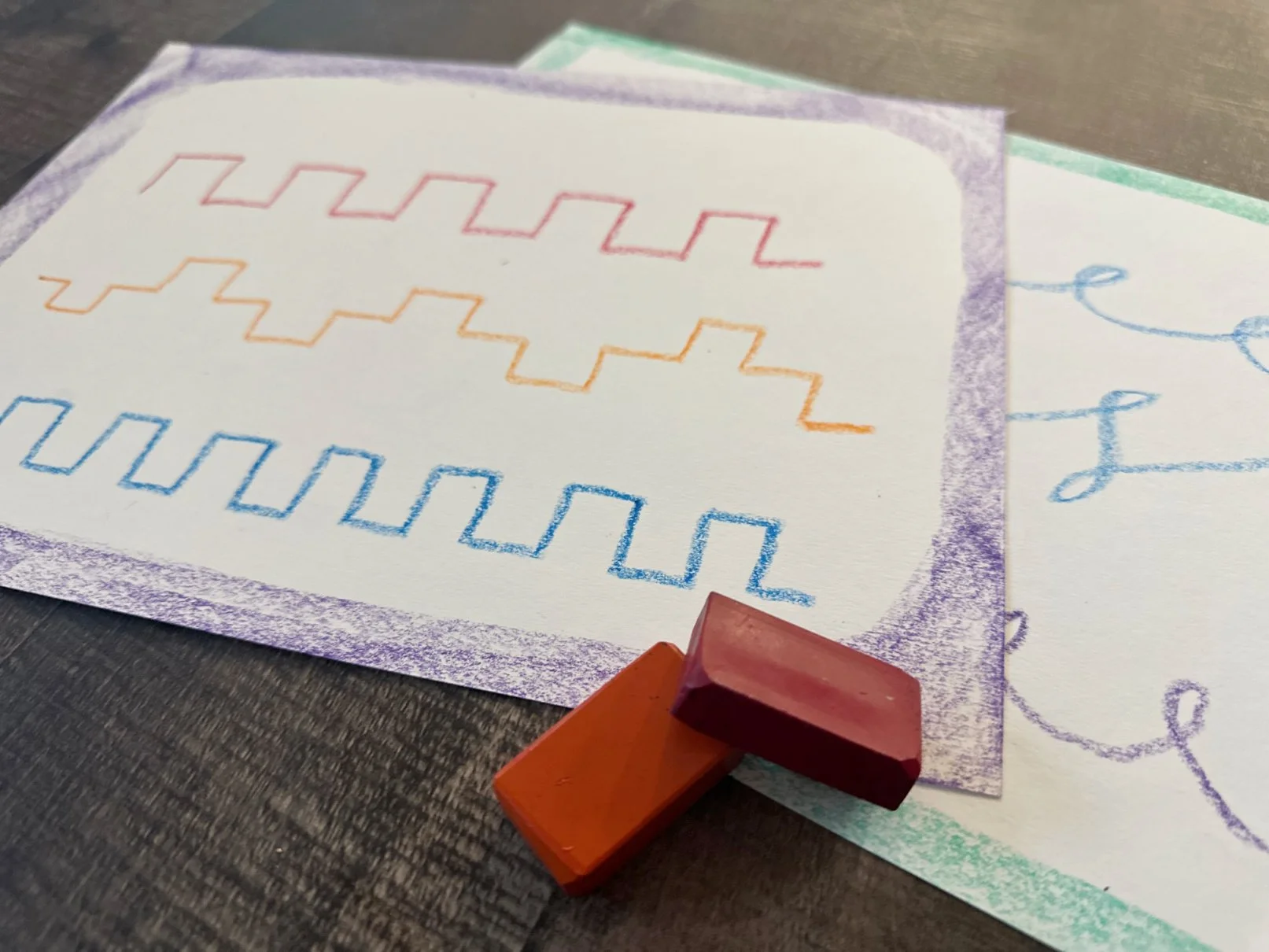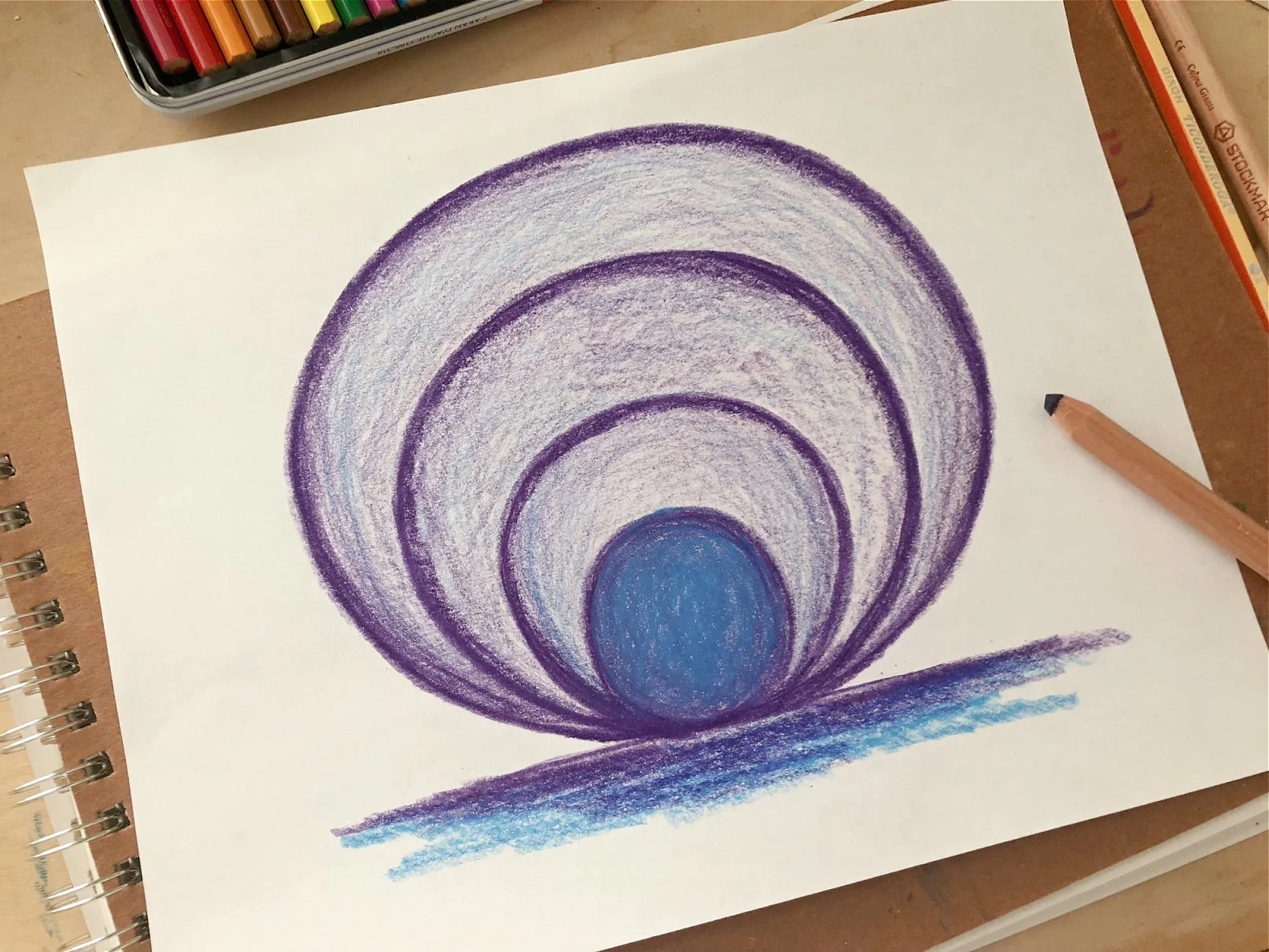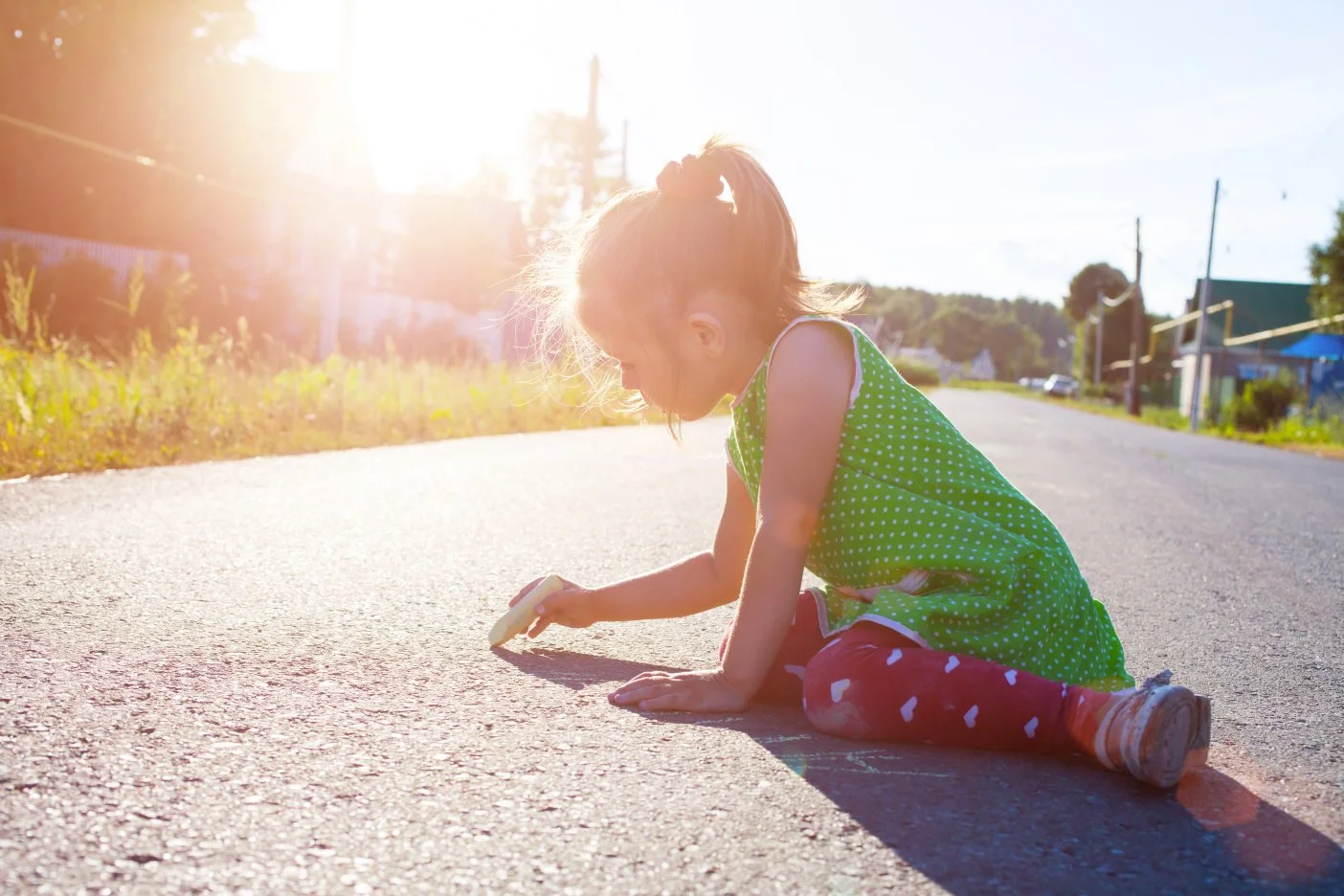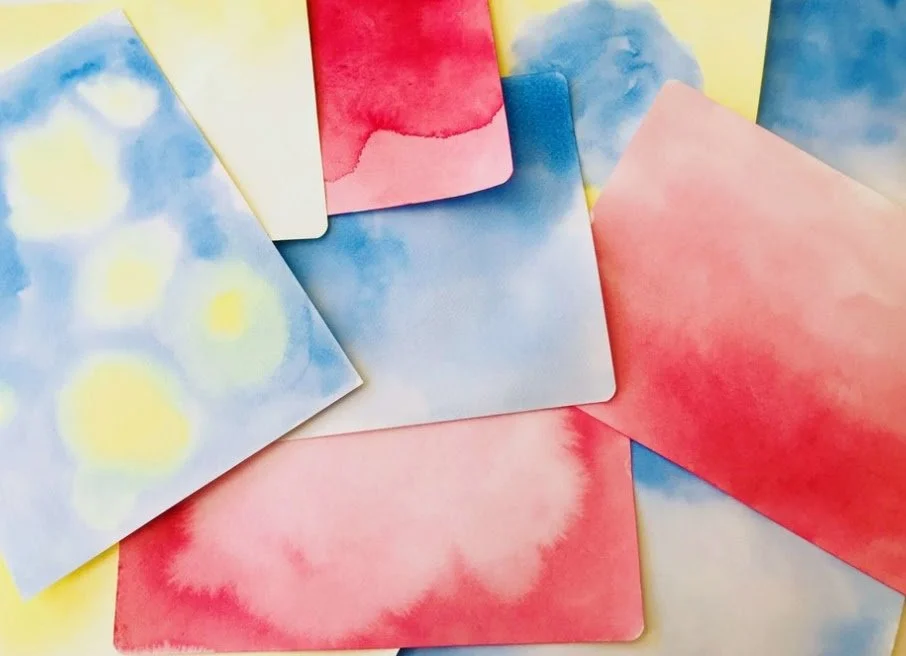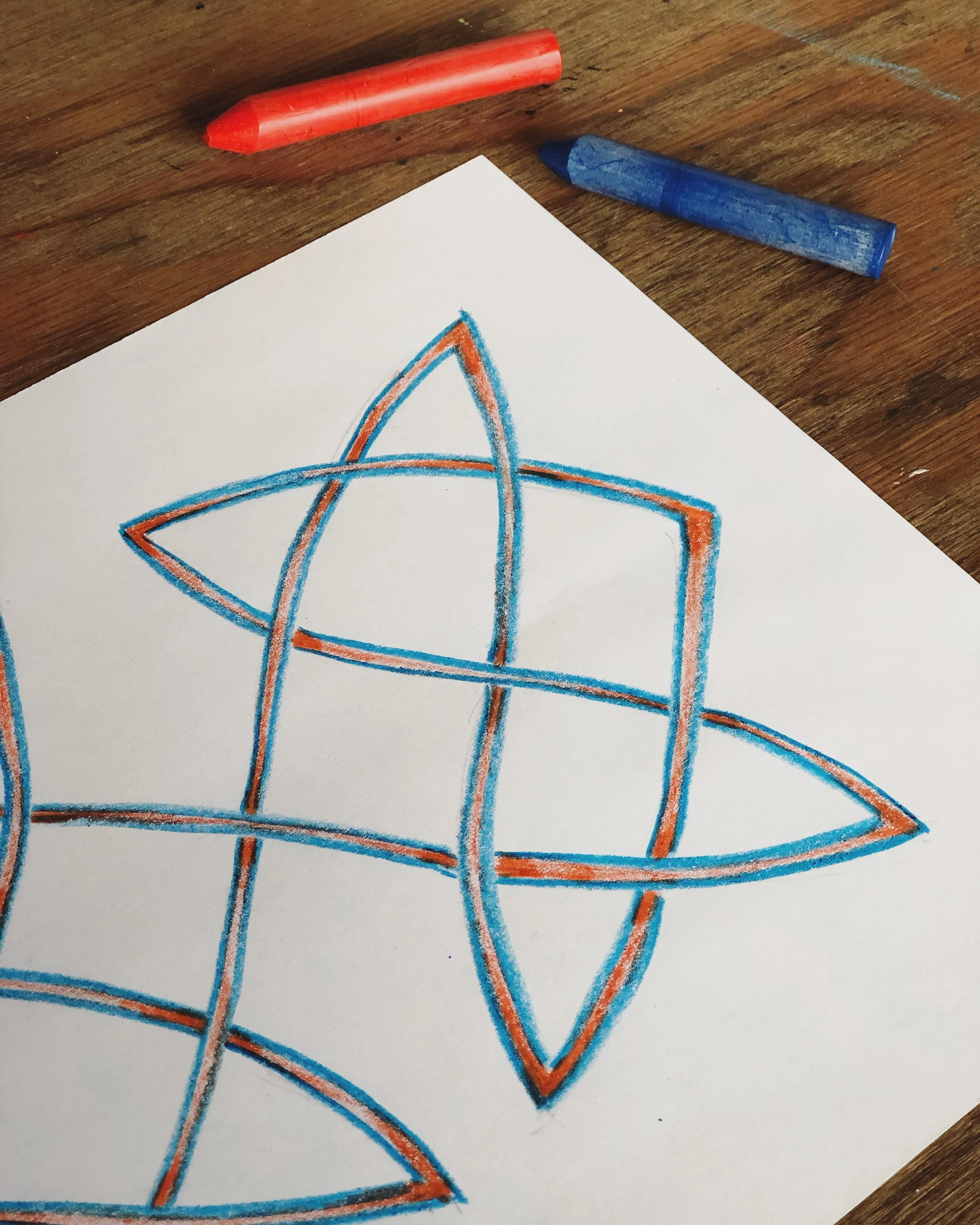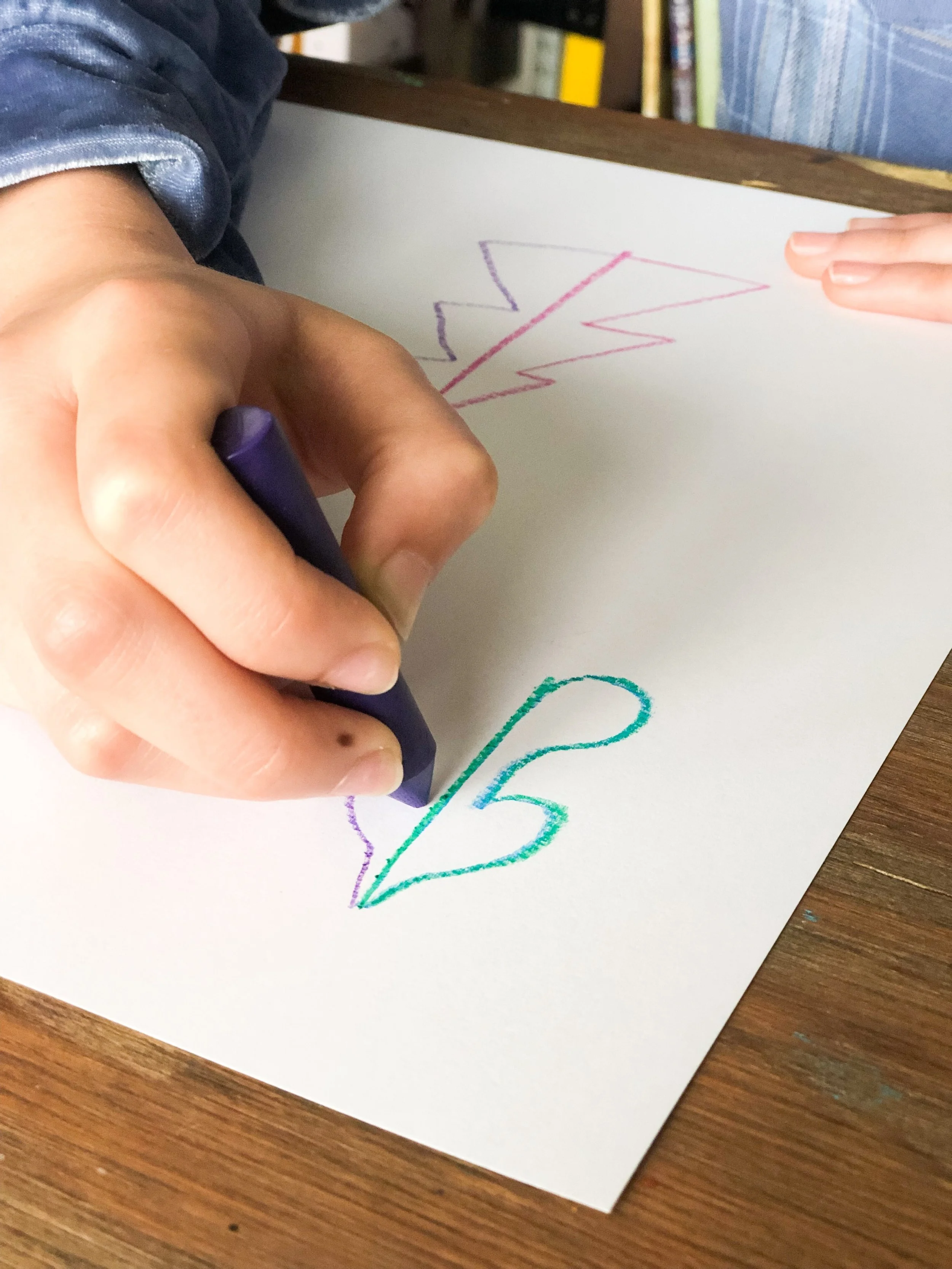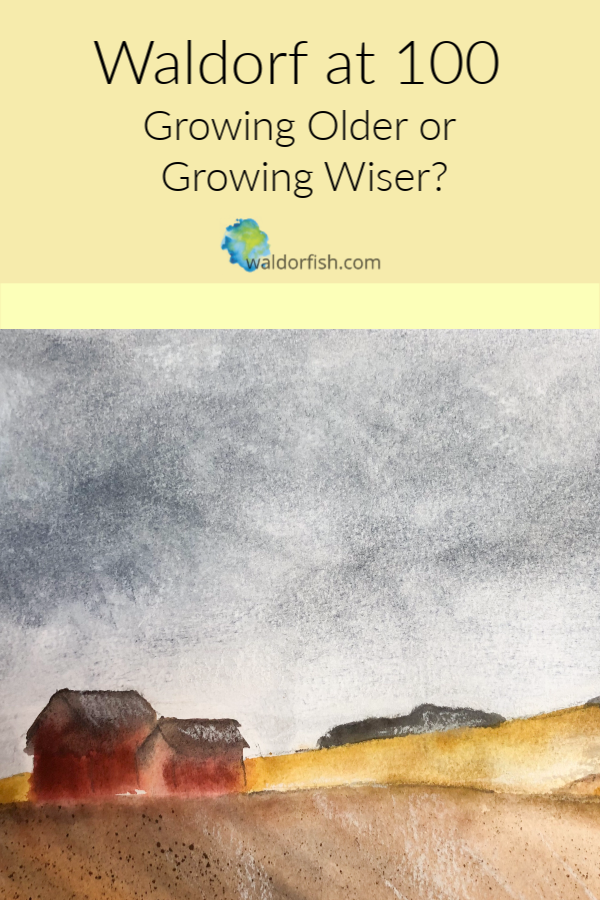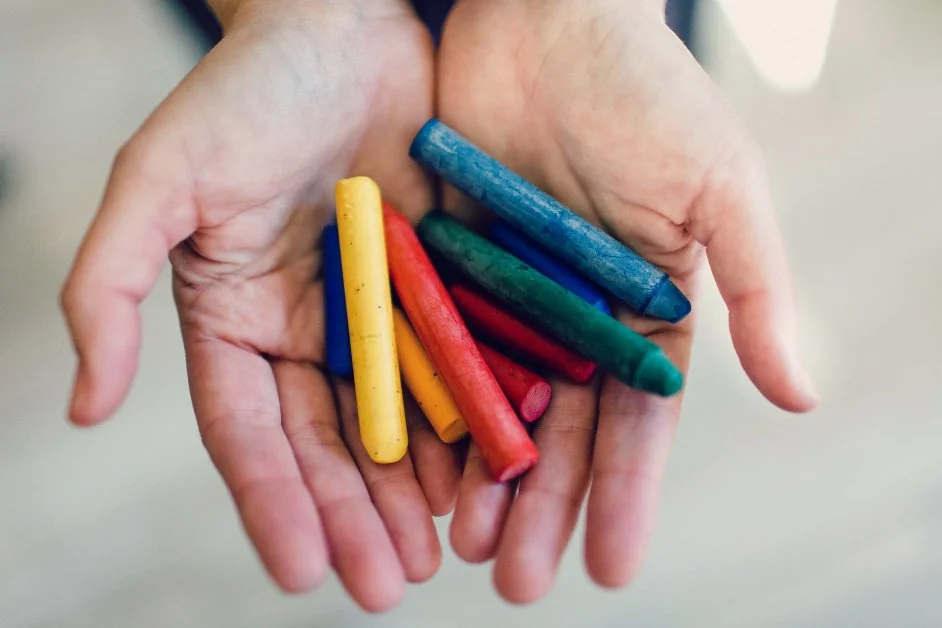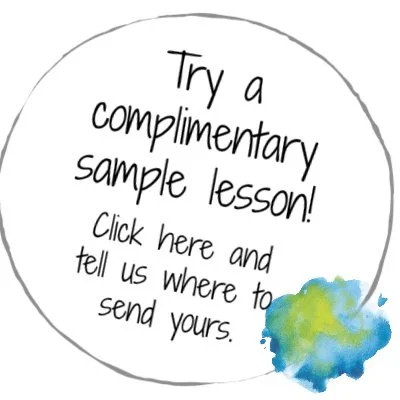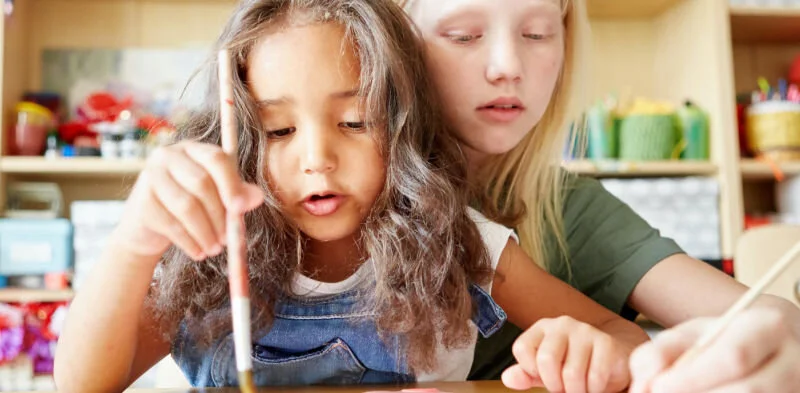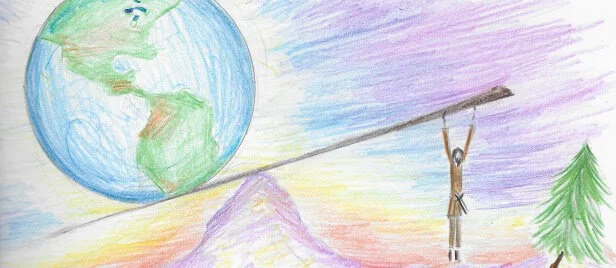
Waldorfish Blog
Waldorf Form Drawing in Grade One
An introduction to Waldorf Form Drawing.
Movement is the way in which we explore the cosmos and ourselves within it. The very act of breathing is movement. Movement is one of the most primary activities of nature and of the human being. As such, movement is at the very foundation of all learning and development.
When we engage in archetypal, healthy movements, we revitalize and harmonize our physical bodies, we strengthen and balance our life forces, and we lift our consciousness. Form drawing is the process of exploring such healthy, archetypal movements in the cosmos and bringing them into ourselves, rendering them into lines.
Running forms from first grade form drawing curriculum.
(For additional information about form drawing, click here!)
The forms themselves, as finished works, may become beautiful, but they are not nearly as important as the processes through which we explore and embody the movements. Form drawings, as finished pieces, are merely the footprints left in a medium such as pencil on paper, evidence of the wonderful movements of the human being and the cosmos. Form drawing, as a practice, can be an essential path of human development.
“It is not easy to see the educational value of form drawing by looking at the children’s drawings; for its effectiveness is realized in the process, not the product...Form drawing is a present record of a past movement...just as the meander of a dried up water-course records the flow of a river.”
Rosemary Gebert, “Form Drawing”
Form Drawing in Grade One
In first grade, we strive to bring the child into a balanced relationship with inner and outer space. This is achieved by highlighting very basic elements of movement/space. The child needs a basic introduction to the simple but profound truth that there are really only two kinds of movements and/or lines, the straight and the curved.
We can apply these movements in a horizontal plane, a vertical plane, or on a diagonal. Likewise, many movements and/or lines can be a harmonious blend of straight and curved elements. With only these basic elements, we have more then enough possibilities to work with fundamental and profound forms for the rest of our lives. Though they are basic, these elements help us to develop a healthy relationship to the world around us and to begin to feel the world within us. In this early stage of exploring forms, it is always first to be experienced through the grand movements of our limbs and then, only later, in the actual drawing.
“To develop a feeling for form, the hands must be brought to feel the form; we need to see with our hands. We need to describe the feeling of the movement. We need to work through a form until it is incorporated into us.”
Embry-Stine and Schuberth, Form Drawing
Next week we’ll share more from Rev about Form Drawing, this time through the lens of Grade Two. We’ll also share a video clip from inside one of the Grade One lessons!
Click below to learn more about our Form Drawing series for homeschooling families and class teachers.
Enrollment is open year round!
Try a free Form Drawing lesson!
Related content:
Jean Miller & Robyn Wolfe talk Waldorf homeschooling and planning!
We’re pretty excited about sharing this conversation with the Waldorfish community!
Jean and I have been long-distance friends for a while now, and finally got to meet in person in Atlanta at the Waldorf Homeschooling Conference, in March 2019.
We talked and talked and TALKED during every spare second we had at the conference, but ultimately decided we needed to keep talking once we returned home!
This video is the continuation of those conversations. The first of what we hope will be many more that we record and share with you :)
Enjoy!
P.S. Be sure to check out 4 Things to Know Before Planning Your Homeschool Year - This is the article from Waldorfish that we mention in the video!
P.P.S. Bonus points to anyone who can identify the points at which our cat Hendrix decides to weave himself through my legs while we were filming!
*Password: planning
Timeline:
0-10:28 Introduction. Robyn & Jean talk about the life events that led them both to Waldorf education, and ultimately to homeschooling.
11:30-15:00 Some common mistaken ideas we often hear about Waldorf-inspired homeschooling.
15:21-18:16 Curriculum? Pedagogy? What does “responsible innovation” mean for Waldorf homeschoolers?
18:20-21:42 Jean shares a story from her own homeschool years as it relates to planning.
21:48-24:53 Robyn talks about homeschooling in the freedom that Steiner intended… and a couple of foundational ideas to make this possible.
24:53-26:56 Jean shares some information about her planning and mentoring services.
29:25-30:20 Jean shares some thoughts about homeschooling being an ideal setting to bring forth the Waldorf pedagogy.
30:20-33:41 Some concluding thoughts from both Robyn & Jean!
Some gifts from Jean!
Plan It Out (click here to sign up):
Plan It Out is Jean’s step-by-step program that helps parents like us confidently build out homeschool lessons without the draining effects of confusion and overwhelm - can I get an amen?
(I have been through Plan It Out in the past and found it to be an INVALUABLE resource for helping to reign in my sanguine tendencies! I’ll definitely be sitting in on the next live run-through of the course, which starts in June.)
The 3 week online program includes videos and print materials with specific action steps to help you create a clear vision and plan for next month, season, or year.
You get lifetime access to the lessons & private Facebook group, which means you can come back again and again for boosts, guidance & inspiration.
*Remember, the next live run-through of Plan It Out starts in June! 6/9/19 - 6/28/19
Your Guide to Lively Homeschooling: Jean’s free guide loaded with doable ideas for weaving the lively arts into your lessons!
Responsible Innovation - Waldorf at 100 (Growing Old or Growing Wise?)
We recently participated in a local meeting with members of our regional Pedagogical Section Council, Waldorf class teachers, and administrators.
The topic of the evening was Waldorf at 100 - Growing Old or Growing Wiser?
Many schools and teachers (and Waldorf related organizations) are still not sure how to include Waldorf homeschoolers in these larger conversations - we always appreciate being invited to the table. We consider one important part of our work to be bridging this gap.
How do we help homeschooling families gain access to training resources, and, how do we help local Waldorf schools find ways to include homeschoolers in their offerings?
Art credit: Waldorfish ©2019
The evening’s conversation was rich. We touched on questions such as:
What does it mean for the future of Waldorf education that the students of today aren’t the students of a decade ago, let alone of 100 years ago?
How do we meet the children of today and stay true to the underlying essence of Waldorf education?
Clearly the answers require more than one night of discussion. However, it’s more important than ever for those of us who love Waldorf education to talk openly about these (sometimes uncomfortable) questions.
There is a real danger of things becoming stagnant - becoming “things we do in Waldorf because that’s what we’ve always done.” One part of the discussion that we personally resonated with was this question:
What happens to our thinking if we change Waldorf from a noun to a verb?
Instead of saying “we do Waldorf” or “we use the Waldorf method” how different does it start to feel (and look) if we instead say “this is how we Waldorf” or asking the question “how does your family Waldorf?” Suddenly it shifts from being a stagnant Thing, to being alive and breathing! Always changing based on the child in front of us, which was Steiner's goal all along.
Freedom in Anthroposophy means acting out of love - Acting from a place of deeply knowing the child/ren in front of you. As homeschoolers, this intimate understanding of our children allows us to take what we understand to be the essence of a particular grade or block, and then INNOVATE responsibly. Achieving the same goals, but with entirely different, child-driven means than another Waldorf family might use.
*We write more about this idea here.
Why Waldorf Chalk Drawing?
Chalk art in the Waldorf curriculum is a medium for extending the storytelling that is happening the classroom. It is a medium for enlivening the curriculum through pictures.
6 ways chalk drawings enliven the Waldorf curriculum:
Image: ©Waldorfish, all rights reserved
In Waldorf Education, it is always through storytelling that the images arrive. Surrounded by story, the children live into their imaginations and each will create mental pictures unique (and most meaningful) to them. Through the artistic activities that follow the review portion of a lesson, the children are able to live into the story experience again. Here they place their own feelings on it. This allows a true and unique connection to the content of the lesson.
“Ordinary everyday life can be portrayed in meaningful pictures and images. The teacher must fill with inner conviction and warmth the pictures he/she presents to the souls of the children. They can derive strength for the whole of their lives from lessons that stream from heart to heart rather than head to head.”
1.Nourishing the Senses
Chalkboard drawings are intentionally beautiful and calming. They offer a soft, sensory-rich visual experience that supports the development of aesthetic awareness and helps create a nurturing classroom or homeschool environment.
2.Engaging the Imagination
Rather than relying on abstract symbols or rote facts, chalk drawings speak in images, mirroring how young children naturally think and learn. This supports deep imaginative engagement, especially in the early grades.
Beautiful and temporary, chalk drawings support learning in multiple ways!
3.Supporting the Lesson’s Theme
Each drawing visually anchors the main lesson content - whether it’s a fable, a math story, or a historical scene. The image becomes a living memory picture that children carry with them, making abstract content more memorable and meaningful.
4.Modeling Artistic Process
Children observe that the teacher created the drawing by hand. This models care, creativity, and intention - and it can inspire children to take joy and pride in their own artistic work.
5.Creating Rhythm and Atmosphere
The chalkboard drawing sets the tone for a lesson block or season, helping children orient themselves rhythmically in time. It quietly says, “We’re entering this story now,” or “This is where we are in the year.”
6.Inviting Quiet Reflection
Because the drawings are temporary and made with care, they invite a sense of reverence. Children often return to the blackboard, sitting in quiet contemplation, taking in the image again and again. It becomes a subtle, sacred part of the learning space.
Looking for something?
Welcome to Waldorfish! We started this adventure in 2012 out of a desire to make Waldorf training more accessible to class teachers in remote locations and to homeschooling families everywhere! Read more, click here.
WE WON! Our Weekly Art courses were voted “best interactive art program.” Learn more about the award, here.
A few of our most popular blog posts:
